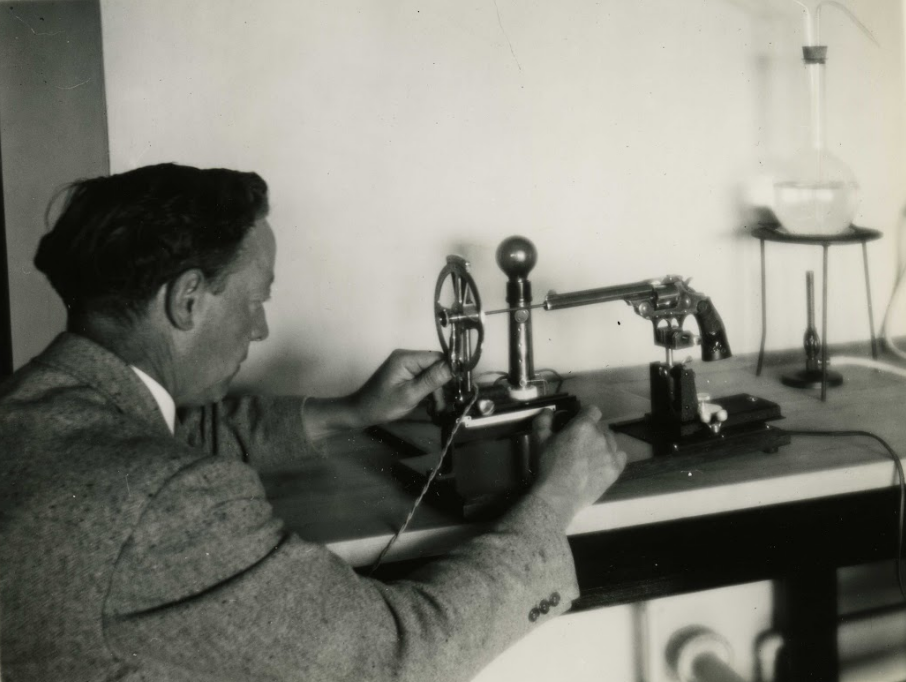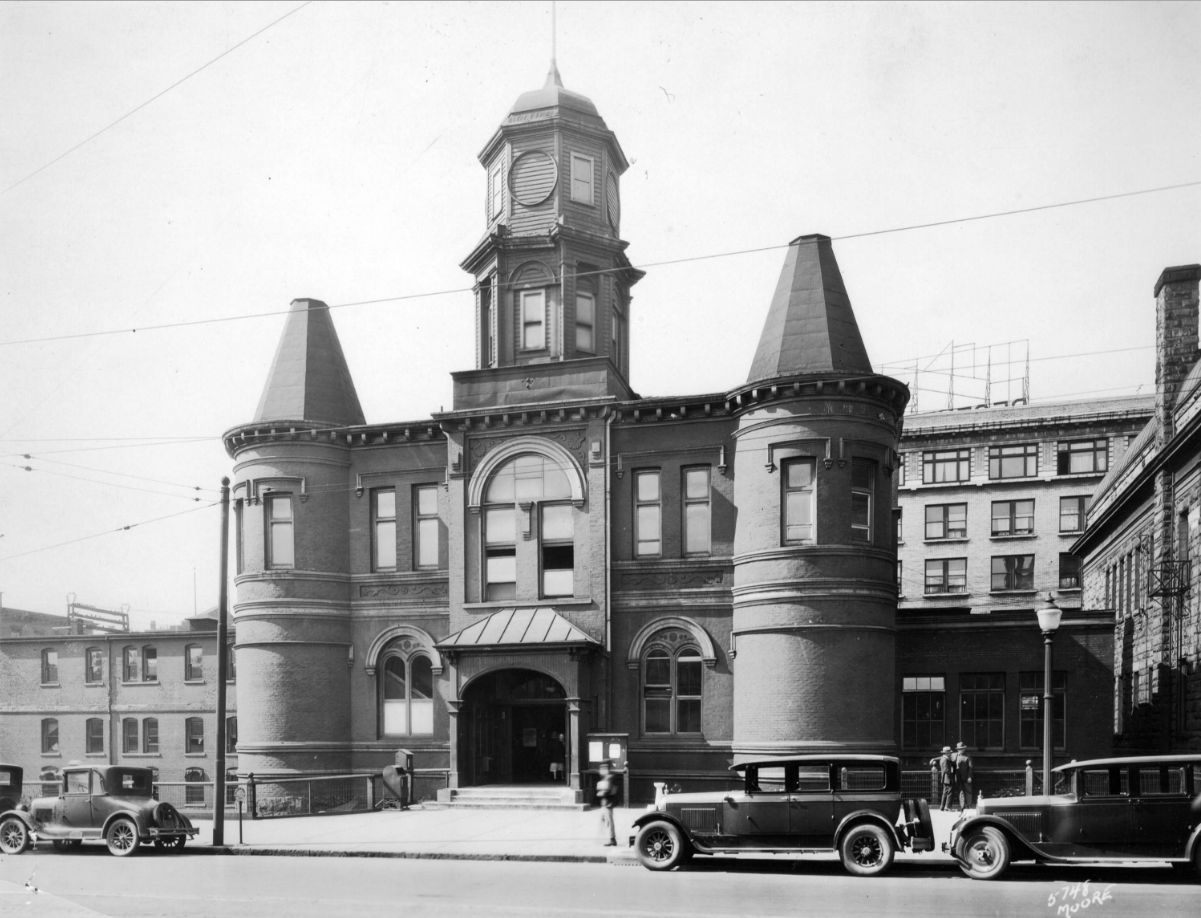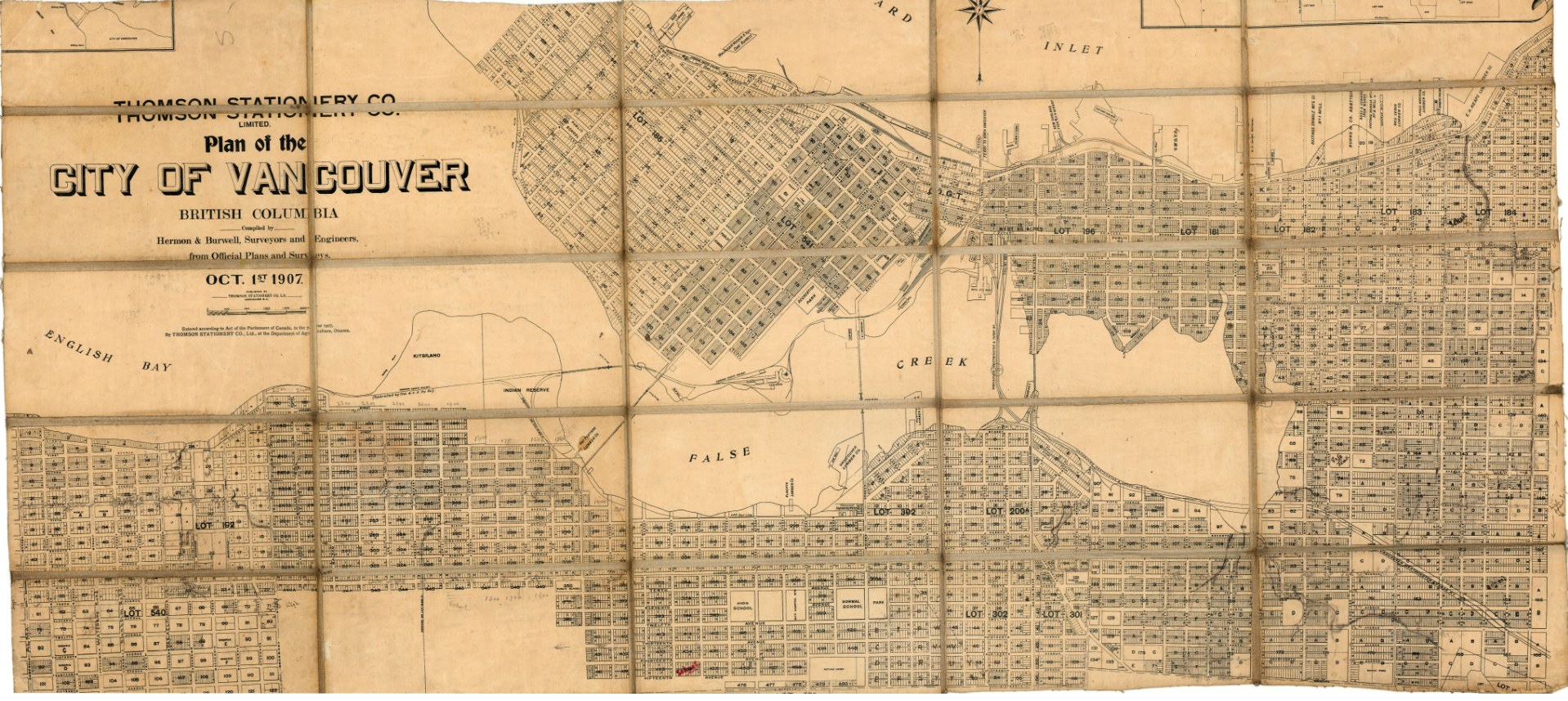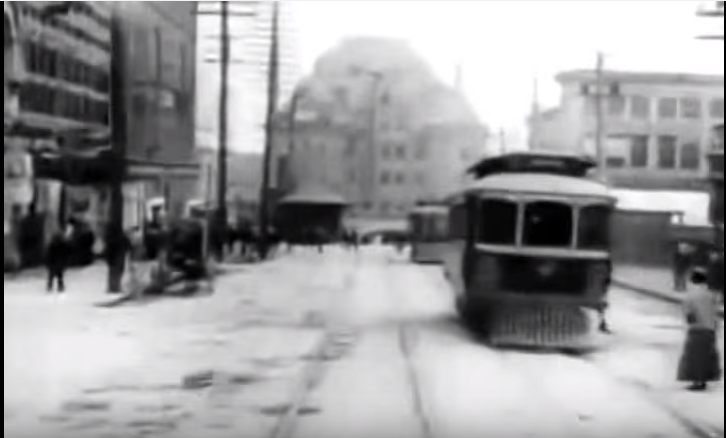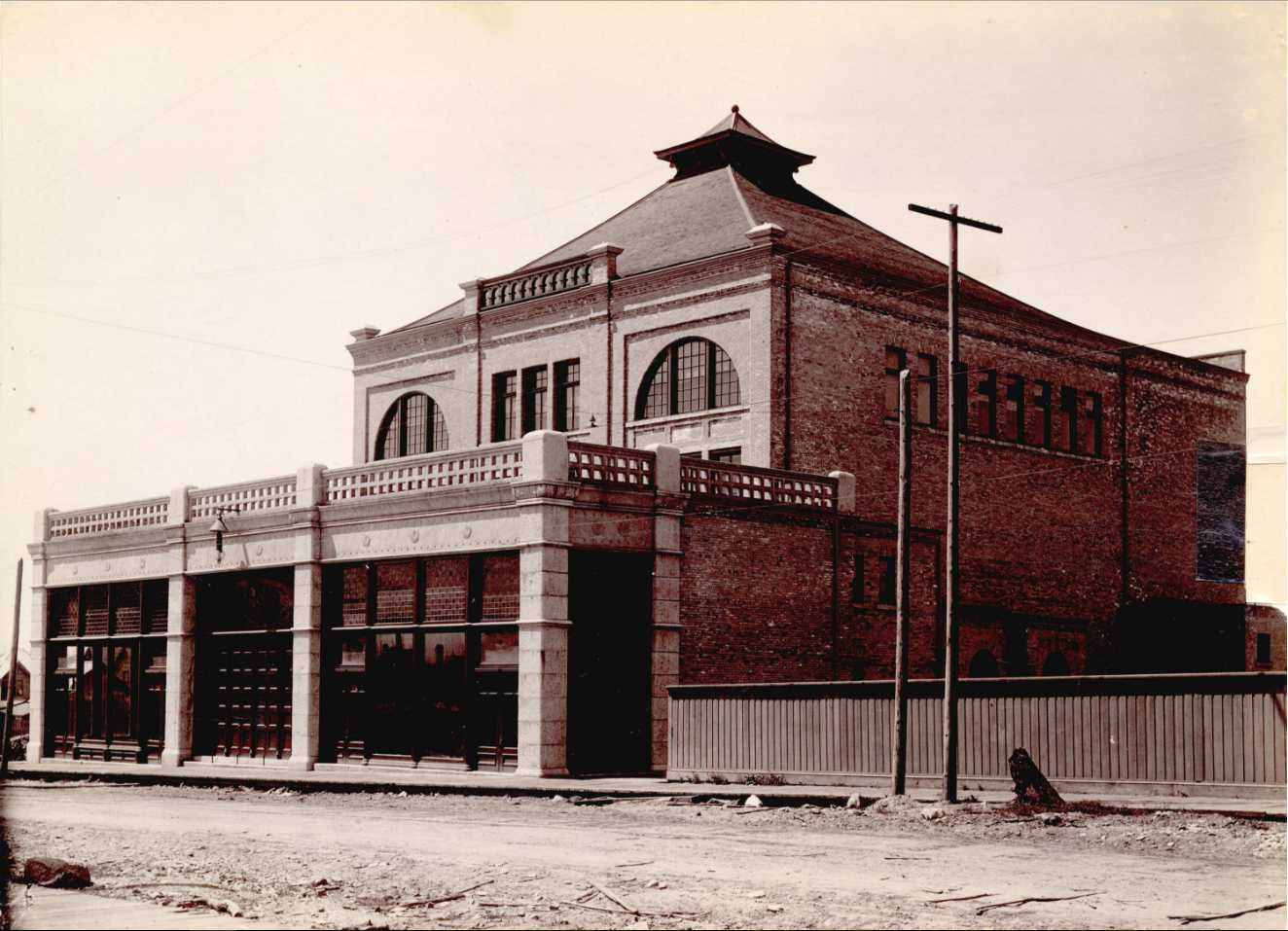I am excited to tell you that City Reflections is now on YouTube. As you’ll read in John Atkin’s story, it was a massive volunteer undertaking by members of the Vancouver Historical Society. It has been, and will continue to be, a huge tool for researchers—I would never have got John Vance (Blood, Sweat, and Fear) to work on his first day in 1907 without it!
A huge thank you to Jason Vanderhill for getting me the stills from the film.
By John Atkin, civic historian
It was a silent, jerky and disjointed film shot from the front of a BC Electric streetcar in 1907 that captivated the Vancouver Historical Society’s audience members one September evening in 2004. Colin Preston, the former CBC Archivist had just introduced everyone to a recently restored version of the earliest known moving image of the city.

The film shot by American film maker William Harbeck was one of a series that played in specially designed theatres that replicated the experience of riding a streetcar. Long thought lost, the film was rediscovered in Australia and sent to the Library of Congress, eventually ending up with Library and Archives Canada.
As the evening ended someone in the audience suggested that it would be fun to create a modern version of the film. And with that, a project was born. It sounded simple enough, so a small group of volunteers got together to think about and begin planning how to tackle the job of recreating Harbeck’s film. The self-imposed deadline of 2007, the film’s hundredth anniversary seemed far enough away to be doable.

However, the project quickly shifted from just reshooting the route to developing a documentary about Harbeck, annotating the streetcar’s route and developing background information about Vancouver in 1907. Scripts were written and then rewritten and written again as the focus of the project shifted.
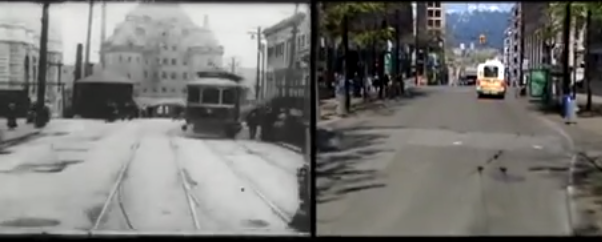
Wes Knapp chaired the project and helped secure sponsors. Colin Preston contributed the best possible copy of the film on DVD. John Atkin, Andrew Martin and Chuck Davis did much of the research. Mary-Lou Storey acted as production manager. Ernst Schneider and Jason Vanderhill contributed technical expertise and graphic design. John Atkin and Jim McGraw worked on the script. Jim did the final storyboard, directed and narrated. Paul Flucke oversaw the finances.
The project timeline was thrown for a loop with the announcement of the Canada Line construction which meant Granville Street would be off limits in 2007, so initial filming was moved up a year.

On shooting day, the team assembled at CBC on Hamilton Street to set up the camera car and get ready to hit the streets. CBC had generously supplied a camera man (Mike), camera and video stock to assist us in the shoot. Andy and Pacific Camera Car supplied the truck and Vancouver’s film office helped us out on the closure of Cordova Street—we had to drive the wrong way to match the 1907 route.
Another year of work to complete all of the pieces of the project and it was ready to be unveiled. In May of 2008, 101 years after the original film was shot, an audience of 400 people sat down to watch the first public showing of the VHS production of City Reflections.
 © All rights reserved.
© All rights reserved.


